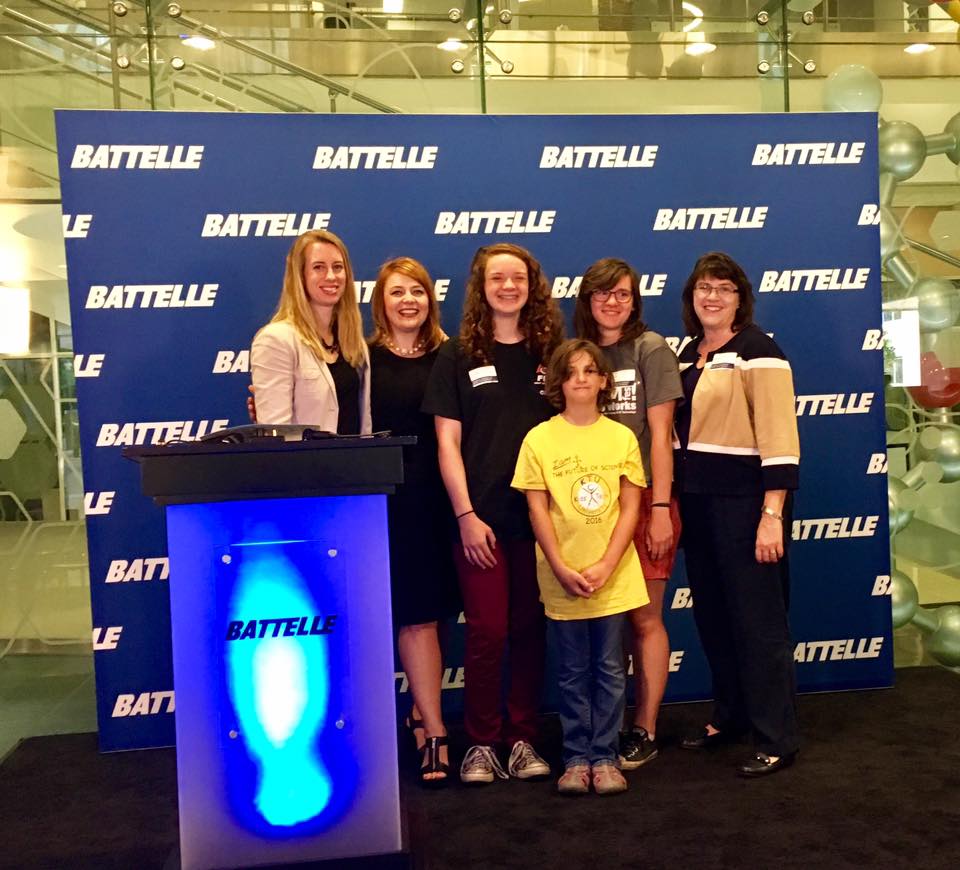The myriad challenges posed by the relentless COVID-19 pandemic have forced many STEM educators to innovate. They’ve devised countless original ways to teach their students, both virtually via computer and in-person while wearing masks and keeping socially distanced. And school faculty members aren’t the only educators affected. Museum staff members have had to be creative to safely serve the public. A case in point: The Works, Ohio Center for History, Art & Technology, in Newark. While the facility was closed in 2020, The Works staff members delivered free STEM activity kits to area children and kept their popular STEMfest! going virtually. For these and other outreach programs, a Works staff member has won the Ohio STEM Learning Network’s Ohio STEM Innovator Award. Meghan Federer, director of STEM Education at The Works, was recognized for making an outstanding contribution to the support of STEM education and outreach in her region. To find out more about her role at The Works, we contacted Federer with a few questions:
Q: Tell us about your educational and professional background and how they led you to The Works. What are your professional goals as director of STEM education there?
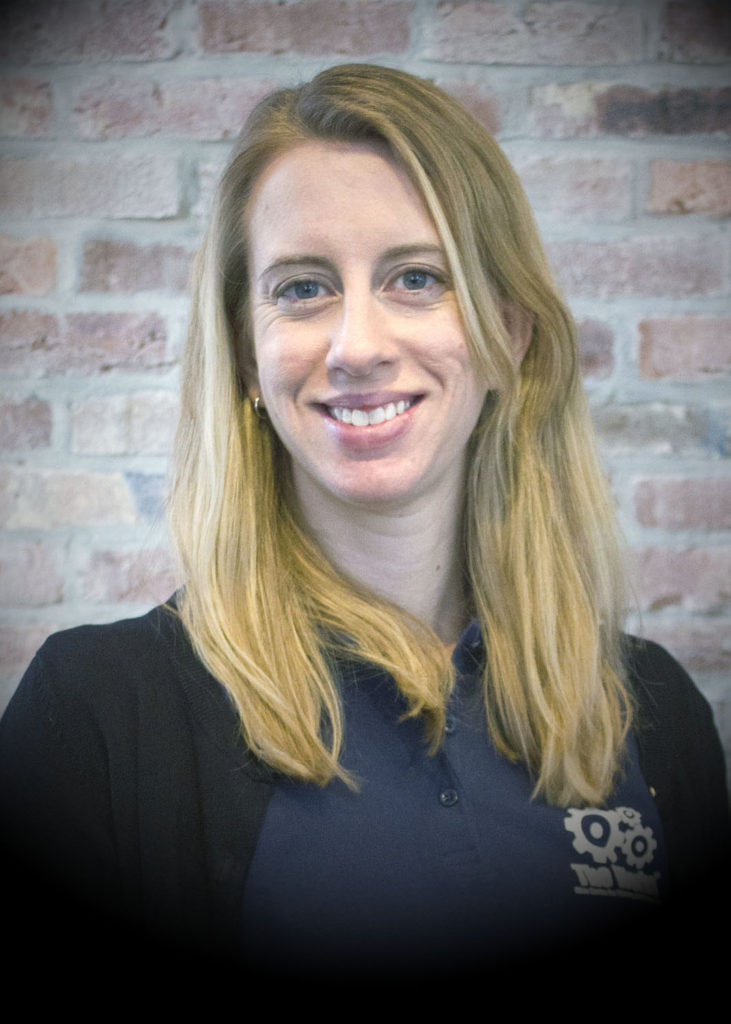 A: My educational and professional background is a blend of science and education. I received a Bachelor of Science in biology from Alma College (Alma, Michigan), where I was fortunate to spend three years as an undergraduate research associate on animal behavior and ecology projects.
A: My educational and professional background is a blend of science and education. I received a Bachelor of Science in biology from Alma College (Alma, Michigan), where I was fortunate to spend three years as an undergraduate research associate on animal behavior and ecology projects.
After graduating, I moved on to graduate school at Ohio State University where I received my Master of Science in evolution, ecology and organismal biology. While there, I had an experience that ultimately shifted my path from pure science to science education. In my second year, I was selected to be the biology teaching associate for a local STEM school (Metro High School in Columbus), in partner with The PAST Foundation.
Prior to this, I didn’t have much experience with K-12 education, or with what I would have called STEM education. I ended up spending two years working alongside these organizations and, ultimately, shifted my own path to a focus on teaching and learning in STEM education as a result of my experience.
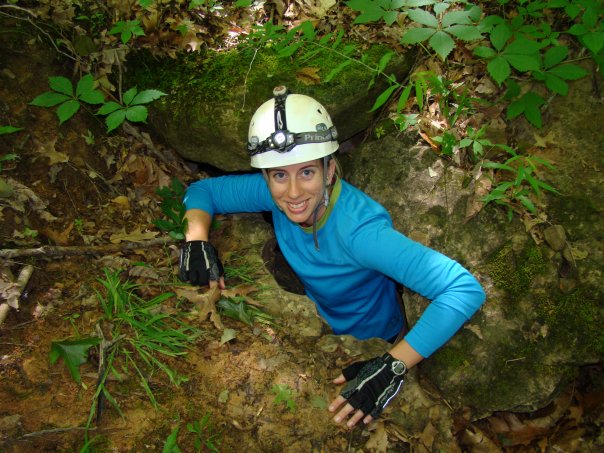
I went on to receive my Master of Arts and Doctor of Philosophy in teaching and learning, with a research focus on the language we use and how we communicate complex scientific ideas during teaching and learning.
I was teaching at OSU – college biology and graduate education courses – when I received an email from my former dean that suggested I take a look at The Works, and the rest is history.
When I joined the team, one of the major goals was to grow with our community and provide more relevant STEM learning opportunities in support of middle and high school youth. While that continues, I think that we are also now looking at how we can have a broader geographic impact. We are also focused on ways that we can better support underserved youth and families.
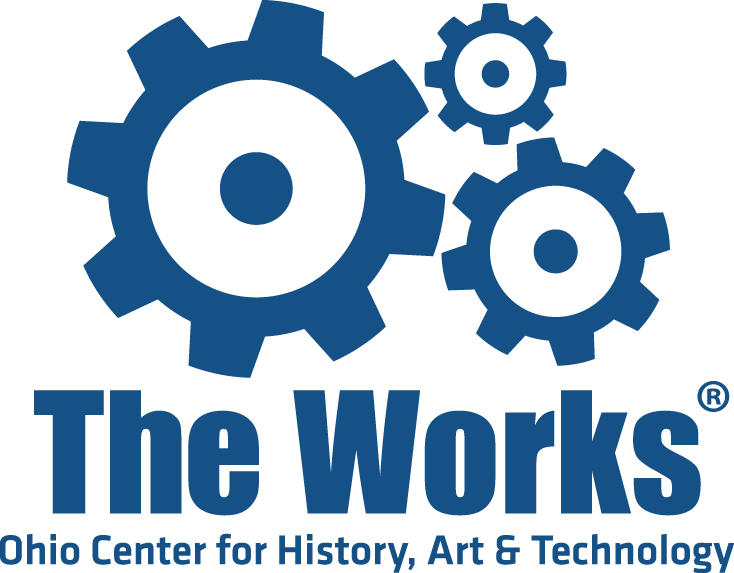 Q: Did you have a mentor, either in school or on the job, who guided you in your professional journey, and what advice and/or help did he or she offer that was the most valuable?
Q: Did you have a mentor, either in school or on the job, who guided you in your professional journey, and what advice and/or help did he or she offer that was the most valuable?
A: There are probably too many to count, but I’d be remiss if I didn’t credit my academic and research advisors, Dr. Dave Clark, Dr. Andy Roberts and Dr. Ross Nehm, for their support and guidance across my early career.
Dr. Annalies Corbin and Dr. Andy Bruening of the PAST Foundation and Aimee Kennedy of Metro High School (at the time!) were also instrumental in encouraging my interest in STEM education and continue to be partners of mine at The Works.
I am indebted to Marcia Downes and Janice LoRaso for their guidance and support during my time here at The Works! They have always been willing to give my ideas a chance and helped connect me to the right community partners.
Q: You recently received the STEM Innovator Award from the Ohio STEM Learning Network. What innovative programs and practices have you implemented in recent years at The Works, and what prompted these changes?
A: As I mentioned, some of my early initiatives were focused on expanding our support for middle and high school youth. I also focused on how to increase young women’s engagement in STEM learning opportunities.
Two of my favorite programs that we implemented fall under this umbrella – Girls Night In and Girls STEAM Ahead. Girls Night In invites youth in grades 4-9, along with “their favorite adult,” to the museum once a month for a fun-filled evening of experiments. Our goal is to connect the learning experience with an adult who will support and encourage them to continue exploring STEM outside of the program.
Girls STEAM Ahead was introduced virtually in 2020 and introduces youth to diverse career choices and pathways through the stories of local women professionals.
My main approach to program development is a focus on cross-sector collaboration. Every program that we offer represents a variety of voices, whether it be from education, families, industry or other partners. For me, this is what makes our programs successful!
Q: How has your ability to innovate and adapt benefited you and your organization during the pandemic? How can these qualities aid STEM educators and their students in general?
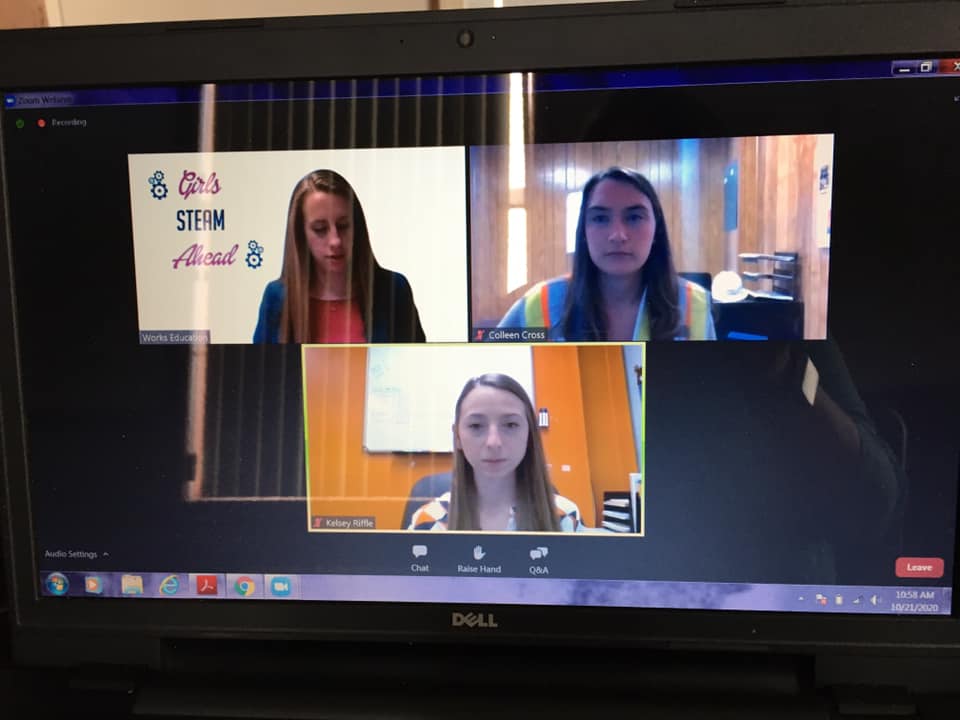
A: Well, 2020 certainly required us to use a lot of skills that we associate with STEM education! It required us to really think about what it meant to be a museum.
We had always operated under a somewhat traditional model of guest visitation, school field trips, educational outreach to schools and the like. When we closed our doors in March 2020, it ended up being somewhat freeing. We were forced to rethink and reinvent ourselves as an educational resource for families.
One of the things that stuck with our team is that we say The Works is more than a museum, so that was the question that we tackled. How were we more? What could we do now that we hadn’t been able to do previously because of how our programs and resources were allocated?
In doing so, we flipped our model, and the entire community became our museum. We brought Works@Home activities and programs to thousands of families throughout Licking and surrounding counties. We took huge museum events, like STEMfest!, and found a way to connect and support student teams virtually.
In focusing on our user and what they needed to succeed and achieve, we still served our mission even while our doors were closed.
Q: Have you reached out to local innovators, either in education, business, the arts, etc., for inspiration, assistance or guidance during your time at The Works, and were those partnerships successful? What have you learned from partnering with the community?
A: When I came to The Works six years ago, I was continuously amazed by the partnerships that existed, the level of collaboration that happened between community organizations and the support that existed from the business and industry sector.
I think this is, in part, because we were founded to intentionally bridge the gap between education and industry. Fostering partnerships and creating opportunities for cross-sector collaboration is just what we do, how we approach being a part of our community. And I think that our success as an institution, as an educational and cultural resource, is due in large part to the fact that our community shares in our vision.
Q: During your virtual STEMfest! earlier this year, you offered the OSLN Design Challenge, #STEMpowersOhio, as a choice for students to pursue. Do you plan to incorporate the newest OSLN Design Challenge, #STEMbuildsOhio (dealing with infrastructure), into your current programming?
A: It was so fun to bring the #STEMpowersOhio challenge to our STEMfest! teams. Not only did it provide a great connection to a statewide community of problem solvers, it also encouraged youth to really explore and approach a problem that a lot of them identified with – sustainable energy.
One of the things that I love about STEMfest! is the opportunity to see the way that youth view problems and how they tackle solutions. It is incredibly energizing to see their creativity in action! We definitely plan to continue the partnership with the OSLN Design Challenge this year and in the future.
Q: How do you plan to use the recently awarded grant from Battelle to enhance your programming?
A: The recent grant from Battelle is being used to support youth and family programs throughout our community, including family activity kits (e.g., STEM Boxes), Works on Wheels youth programs and partnerships with community organizations to increase community access to STEM learning opportunities.
We fully believe The Works is more than a museum, and this grant is just one of the ways that we are going outside the walls of our building and providing interactive opportunities that inspire creativity and learning.
Q: What is on your wish list at The Works for the coming year(s)?
A: Coming out of the pandemic, we are looking forward to reconnecting and engaging with our members, guests and community!
